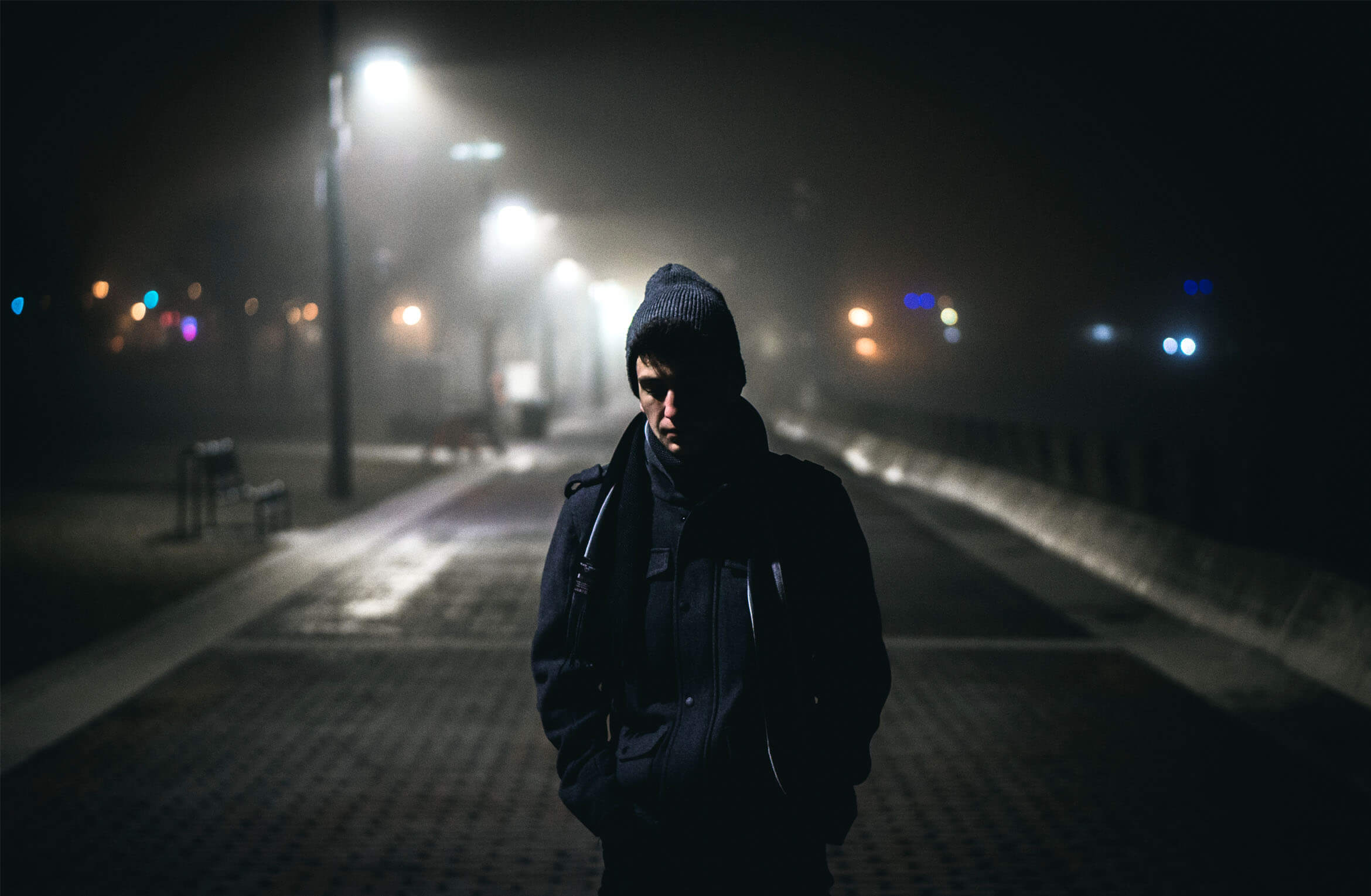
A new study published in JAMA Psychiatry found associations between the presence of outdoor artificial light and the sleeping patterns and mental health of adolescents.
Past research has found that the presence of indoor artificial light at night (ALAN) impedes sleep and can negatively influence mood. Since the human body uses the light-dark cycle to regulate the daily rhythm, tampering with natural light is thought to disrupt the body in several ways.
“Light information is transmitted through retinal pathways to the suprachiasmatic nucleus, which acts as the body’s central clock and helps to synchronize peripheral clocks with the environment. It is thought that exposure to light at night increases disease risk by contributing to dysregulation and desynchronization of behavioral and biological daily rhythms,” study authors Diana Paksarian and her team say.
Motivated by such findings, Paksarian and her colleagues wanted to examine the impact of artificial light coming from outside the home. Using satellite imagery data, the researchers calculated average outdoor ALAN levels for each census block in the US and matched this to data from a nationally representative sample of 10,123 adolescents.
In-person interviews among the teenagers assessed the presence of mental health disorders in the past year, including mood, anxiety, substance use, and behavior disorders. Additionally, the adolescents were asked what time they typically go to bed and how many hours of sleep they usually get during weeknights and during weekends.
After controlling for various demographic measures, including race/ethnicity, family income, urbanicity, and socioeconomic status, linear regression revealed a significant association between ALAN levels and sleep patterns. Adolescents in the group with the highest quartile of ALAN went to bed nearly half an hour later and got 11 fewer minutes of sleep than those in the group marked by the lowest ALAN levels.
Interestingly, further results suggest that the presence of outdoor light was not just impacting the adolescents’ sleep. ALAN levels were also linked to the likelihood of a past mood or anxiety disorder. Specifically, “each median absolute deviation increase in ALAN was associated with 1.07 (95% CI, 1.00-1.14) times the odds of mood disorder and 1.10 (95% CI, 1.05-1.16) times the odds of anxiety disorder.” This was, again, after adjusting for all sociodemographic variables. Further, when looking at associations between ALAN levels and individual disorders, bipolar disorder and specific phobias emerged as significant correlates.
Importantly, the presence of outdoor artificial light at night was found to be much higher among adolescents belonging to disadvantaged demographic and socioeconomic categories. These included being from an immigrant family, having a lower family income, and belonging to a racial/ethnic minority.
“The finding of social disparities in the distribution of outdoor ALAN among US adolescents implies that adolescents who face other sources of social disadvantage, especially those in urban settings, may also be exposed to greater levels of ALAN; this may represent an additional source of physiological stress,” the researchers emphasize.
The study was limited because it was cross-sectional, did not include individual measures of light exposure, and assessed sleep patterns through self-reports. Still, the findings fall in line with research demonstrating that light plays a crucial role in regulating the circadian rhythm.
As the authors point out, “Future studies should elucidate whether public interventions designed to reduce the brightness or spectral composition of outdoor nighttime lighting could benefit mental and sleep health among youth, especially those who face other sources of social disadvantage.”
The study, “Association of Outdoor Artificial Light at Night With Mental Disorders and Sleep Patterns Among US Adolescents”, was authored by Diana Paksarian, Kara E. Rudolph, Emma K. Stapp, Gideon P. Dunster, Jianping He, Daniel Mennitt, Samer Hattar, Joan A. Casey, Peter James, and Kathleen R. Merikangas.
(Image by StockSnap from Pixabay)
"light" - Google News
October 01, 2020 at 06:22PM
https://ift.tt/2SeWnYH
Artificial light at night is linked to mental health disorders among teenagers - PsyPost
"light" - Google News
https://ift.tt/2Wm8QLw
https://ift.tt/2Stbv5k
Bagikan Berita Ini














0 Response to "Artificial light at night is linked to mental health disorders among teenagers - PsyPost"
Post a Comment